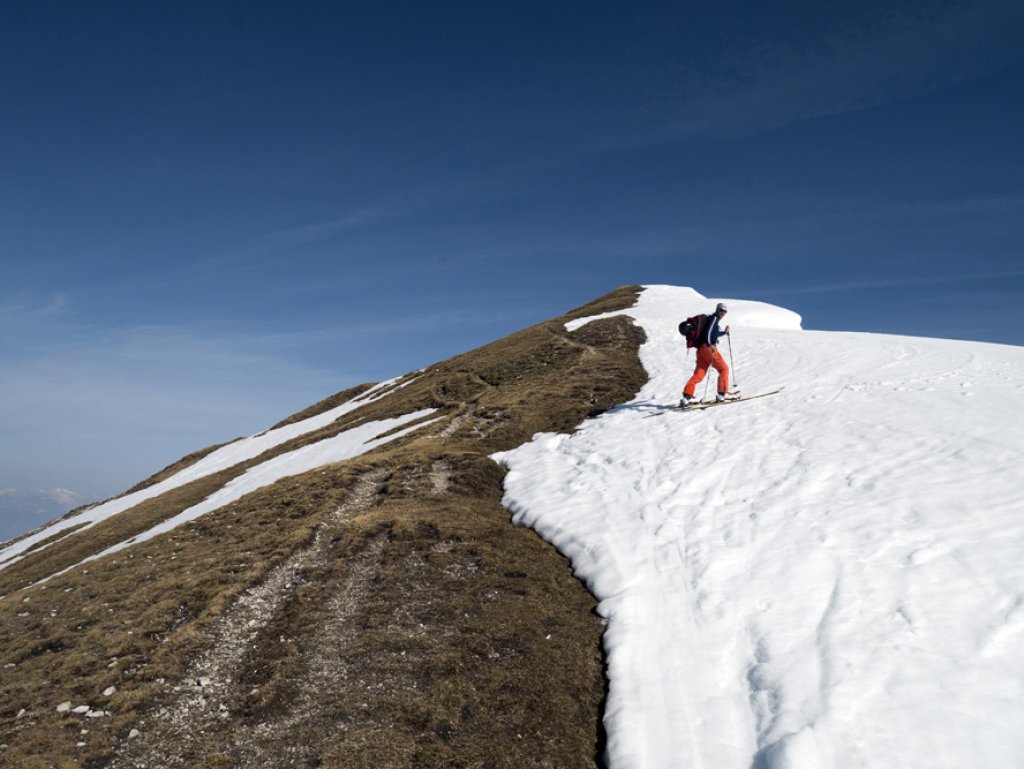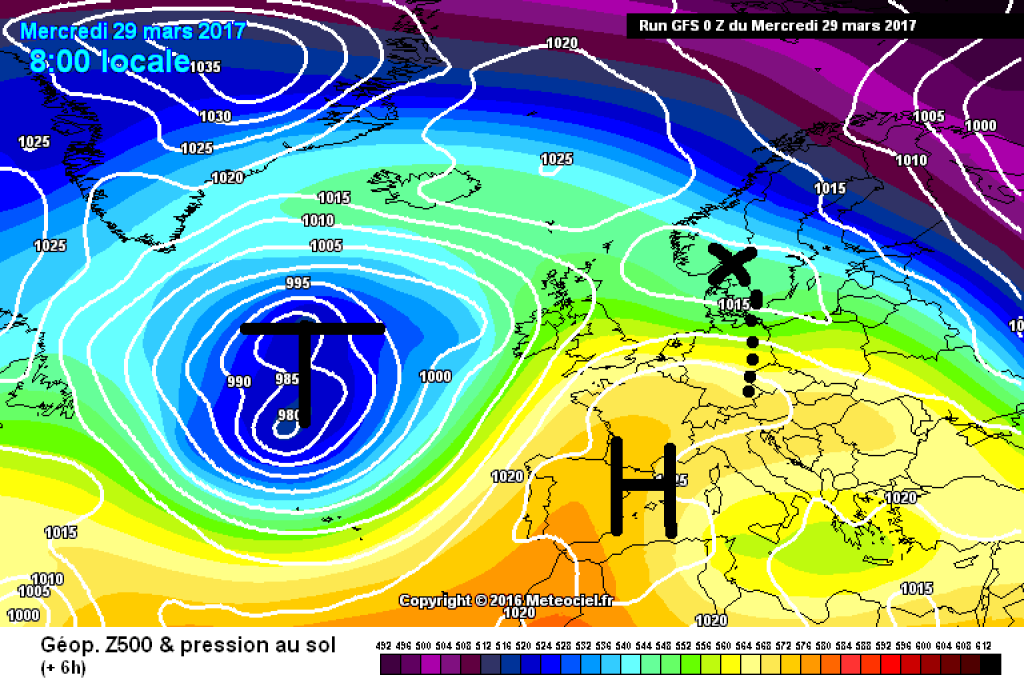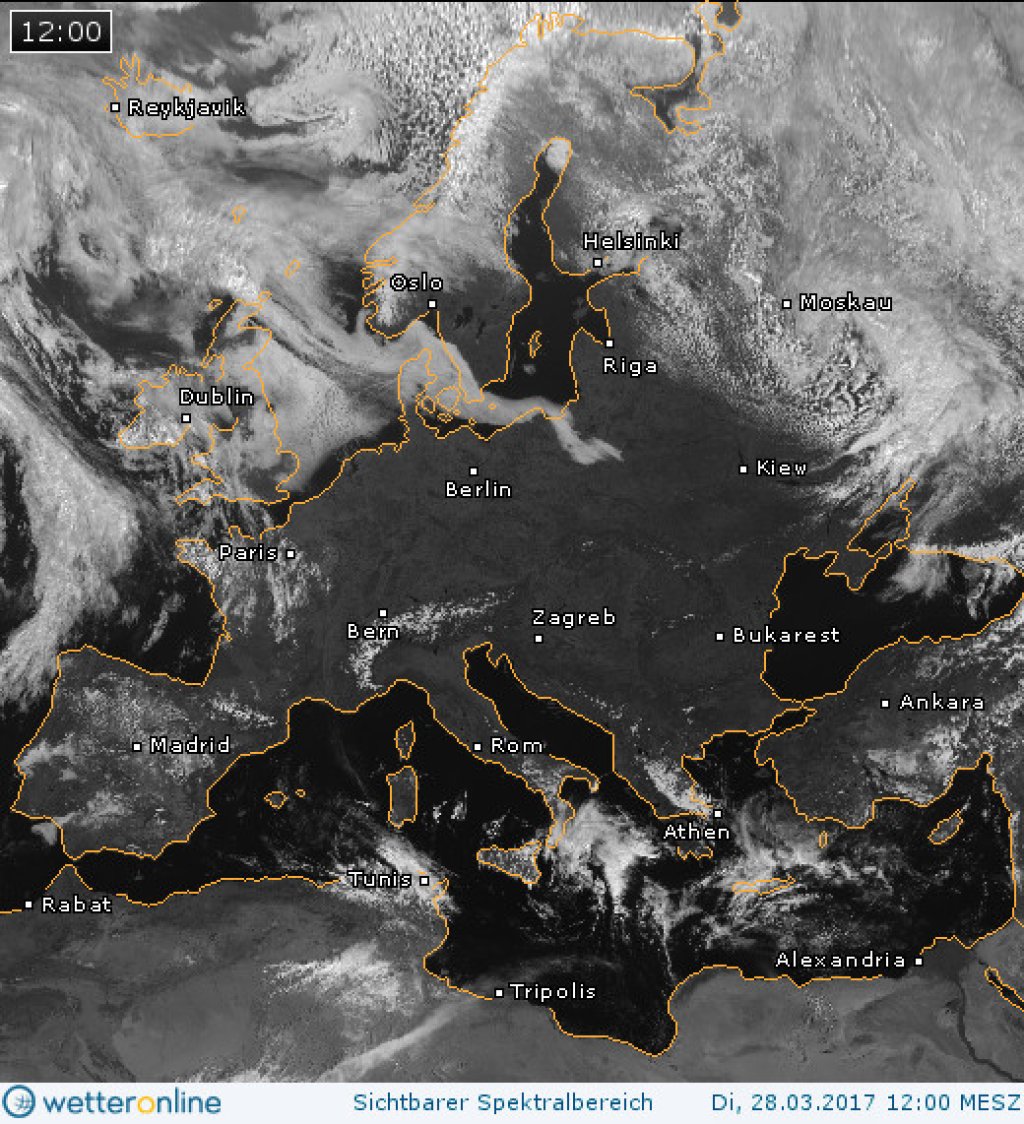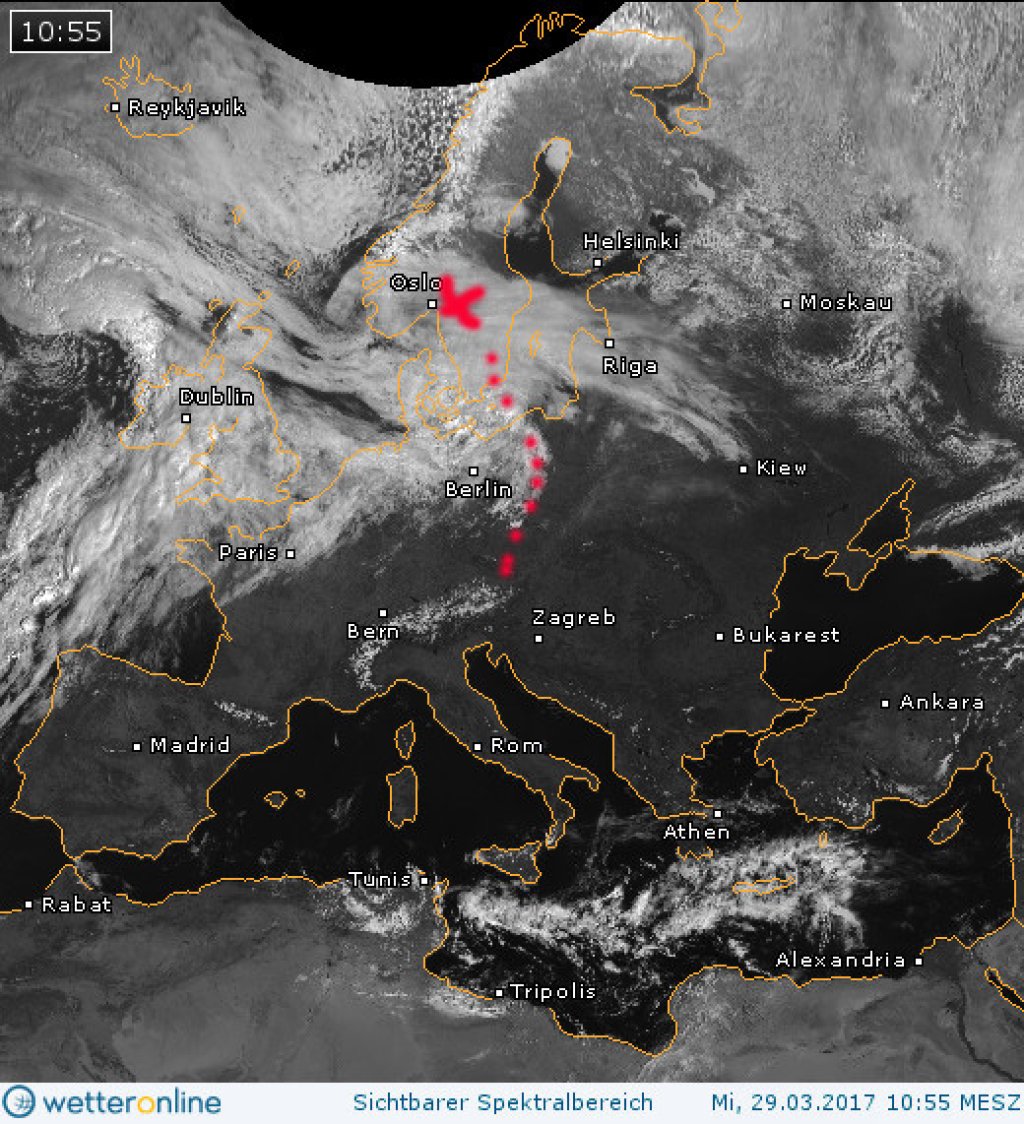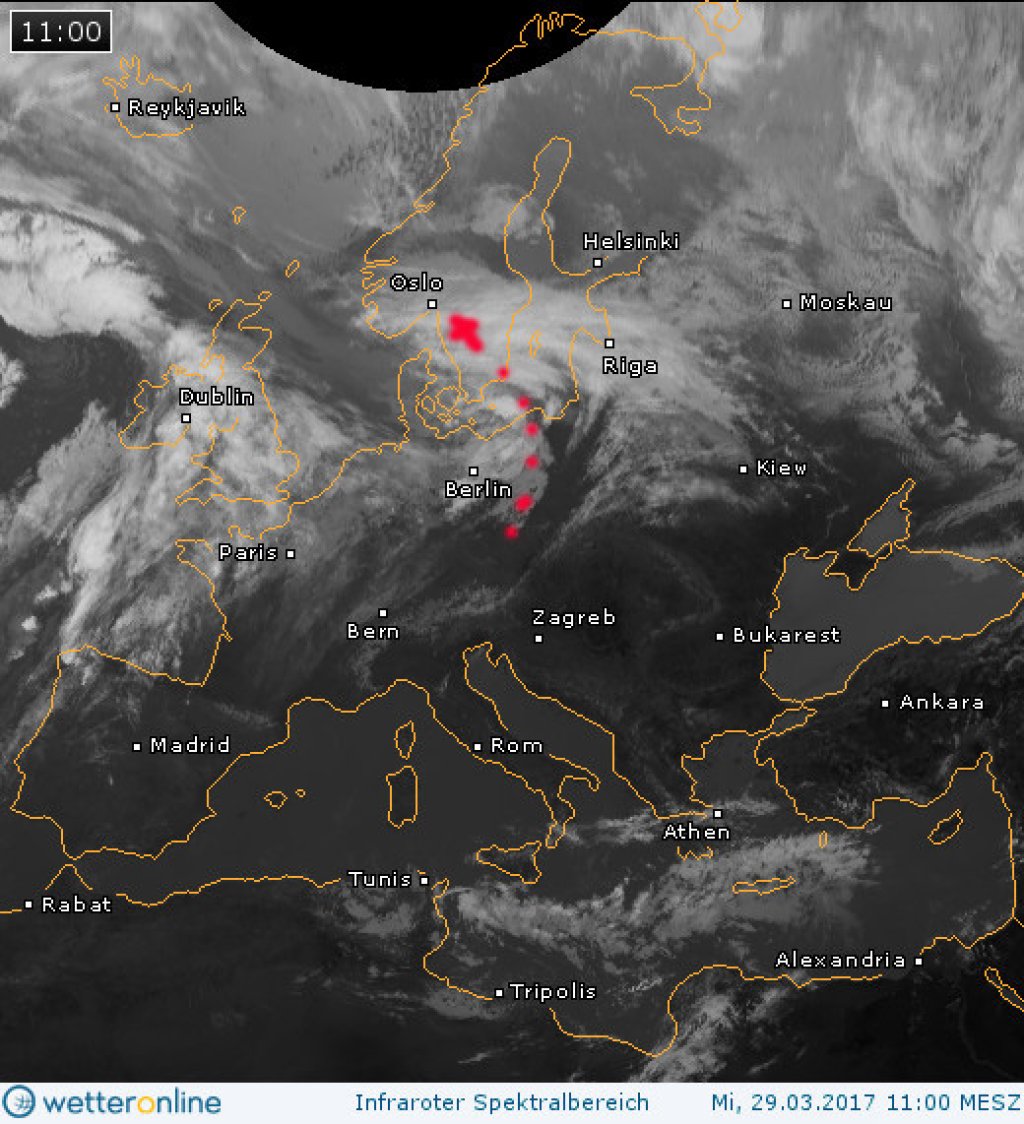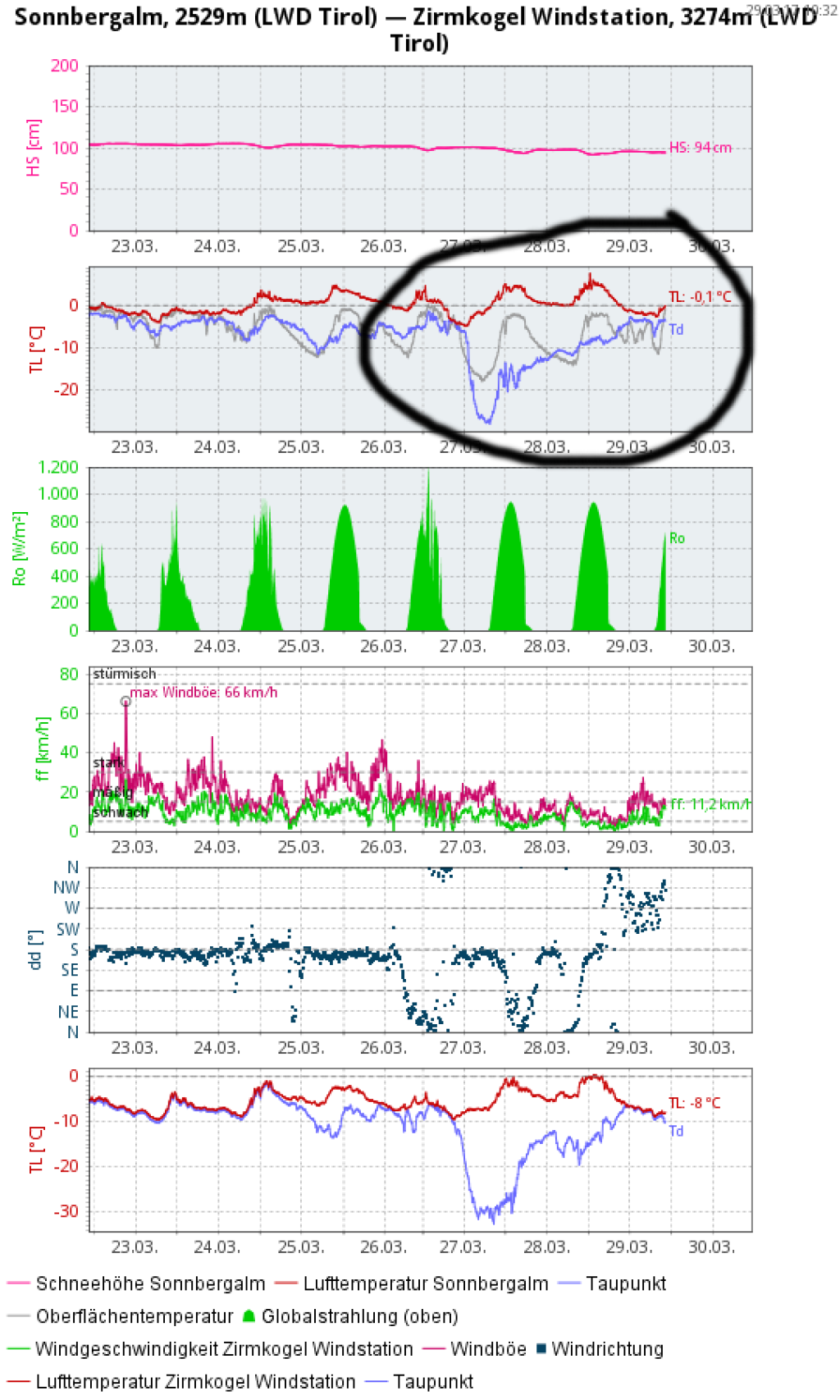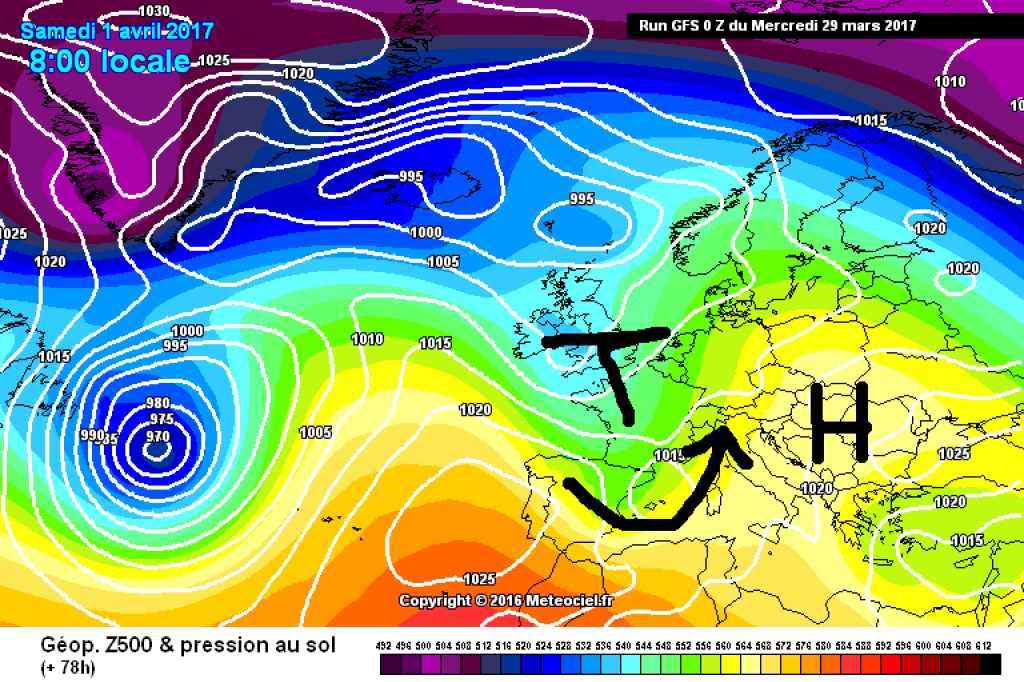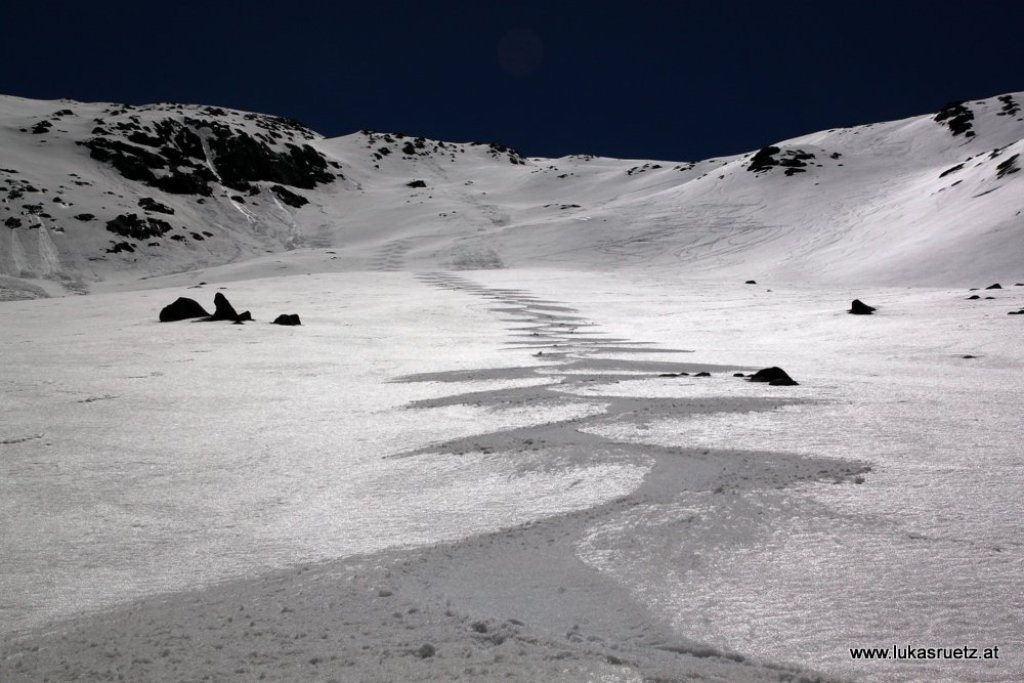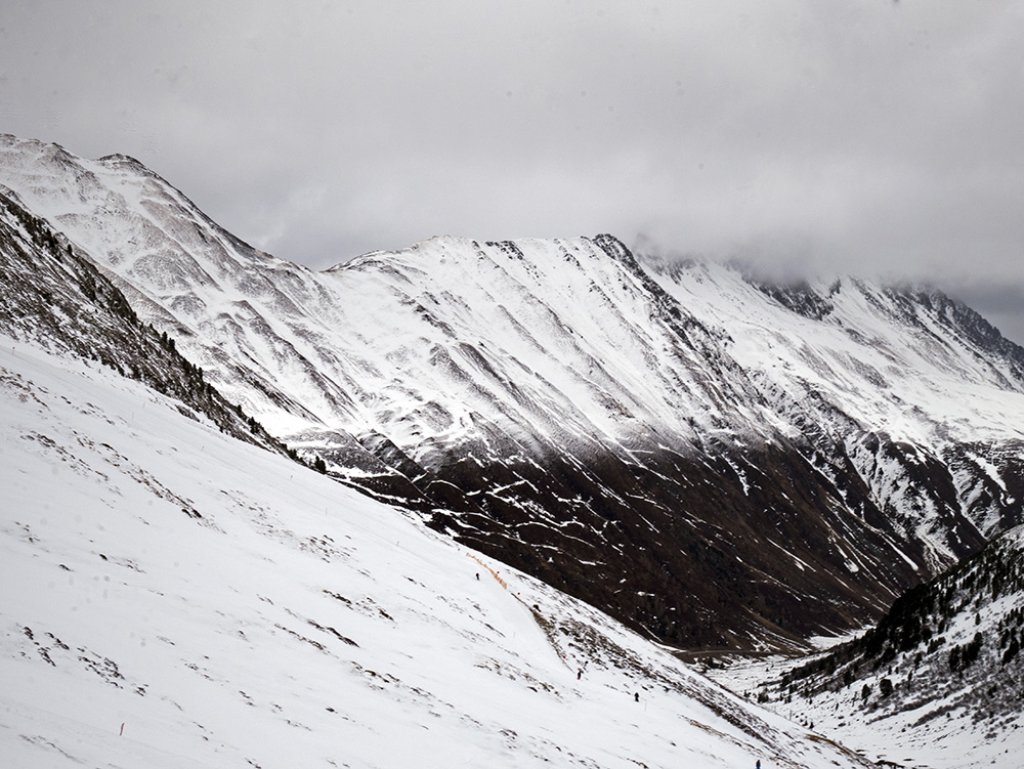Current situation and outlook
The entire Alpine region is currently under the influence of high pressure. The air mass has been very dry over the last few days, allowing it to cool down considerably at night, while temperatures during the day have reached almost early summer levels in many places. Up to and including Friday, the sunshine in the north and east will be disturbed at most by a few clouds here and there (local showers are possible but unlikely), while in the southwest it will become somewhat more unsettled on Friday: a trough approaching from the west will reach the European Atlantic coast and slide southwards over France. The Alps are at the front of the trough, i.e. to the east of it, and are thus caught in an increasingly southerly flow. It is building up in the south, a Föhn wind is developing in the north and the more humid Mediterranean air is making the weather generally more unstable. What will happen on Sunday is still very uncertain. There are signs of a disturbance from the NW, which will bring cooling and could bring some fresh snow to the higher elevations, especially in the west. What exactly will happen with this disturbance is still quite uncertain, I wouldn't count on it just yet.
Humidity: Basics
In the last few days, there has been perfect firn in many places due to the very dry conditions. What exactly was humidity again, and why are we interested in it in spring?
Humidity indicates how much water vapor is contained in the air. Absolute humidity is given in "weight of water vapor per volume of air", usually in grams per cubic meter. How much water vapor the air can contain before the water condenses and precipitates as precipitation or dew depends heavily on the temperature, which is why the relative humidity is often given as a percentage rather than the absolute humidity. 100 % corresponds to saturation, i.e. the maximum possible value at a given temperature and air pressure. For a given absolute humidity, the relative humidity is higher at colder temperatures than at warmer temperatures. Cold air can therefore absorb* (footnote!) less moisture than warm air.
